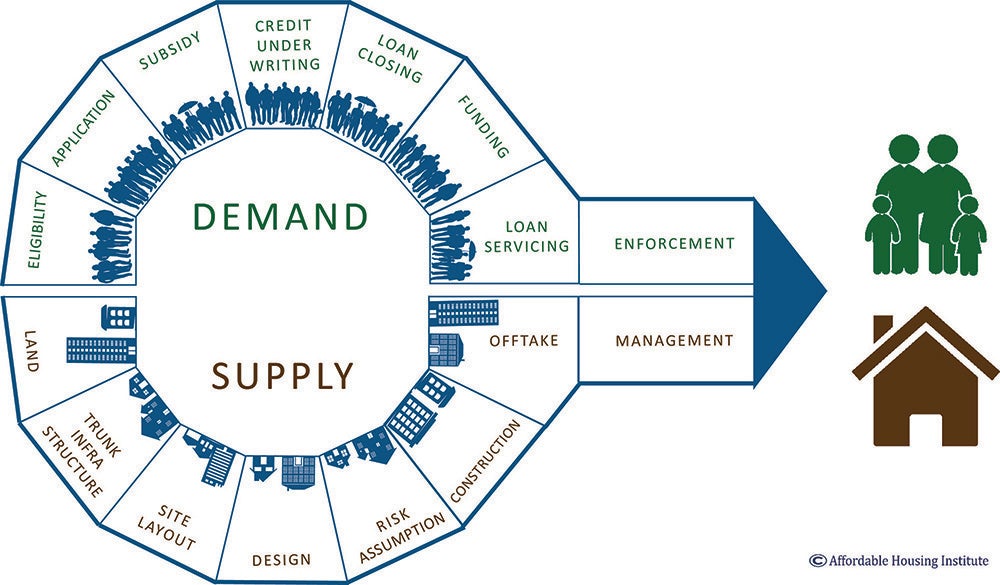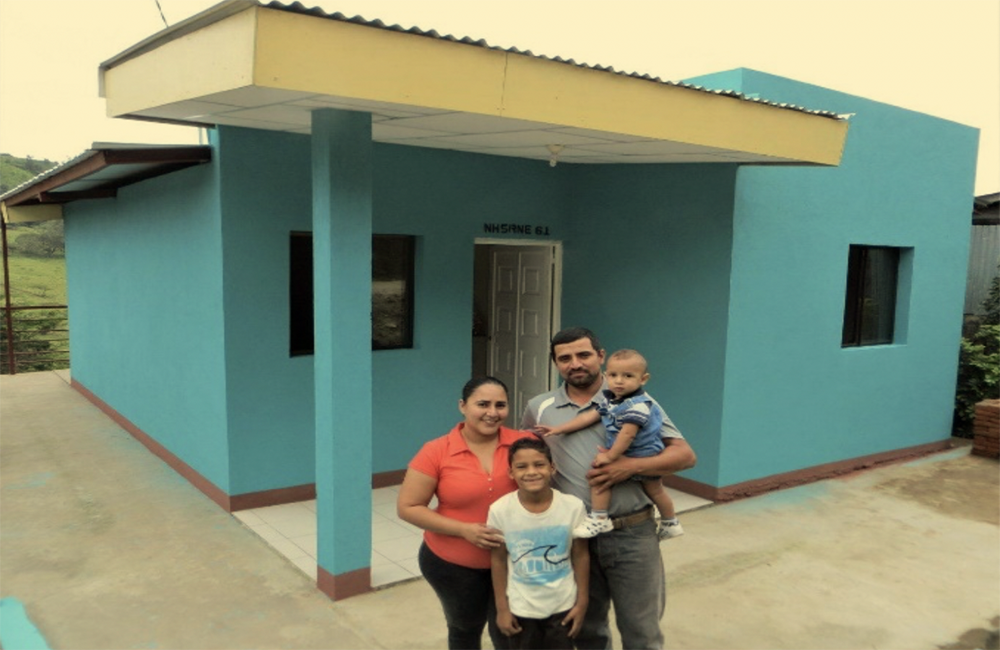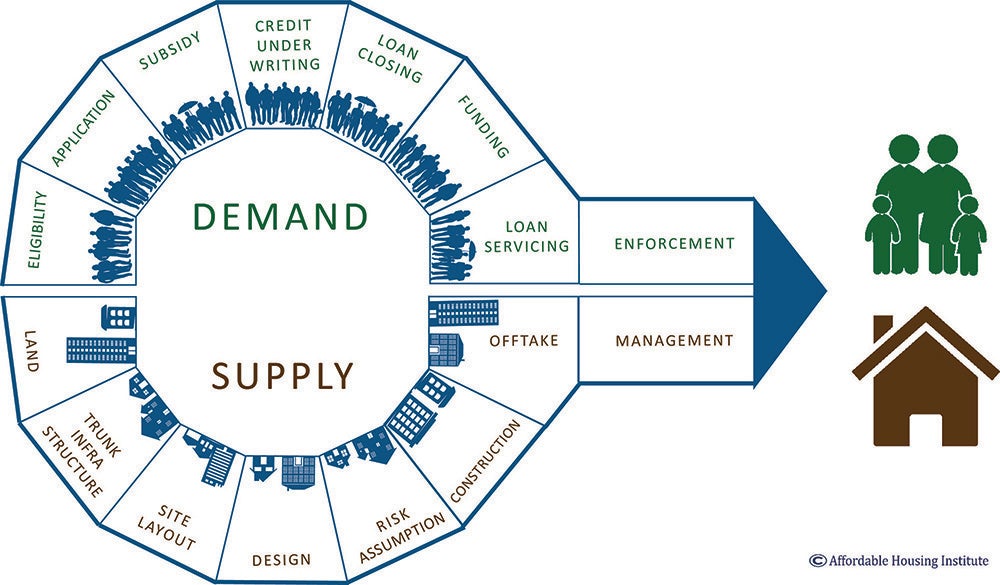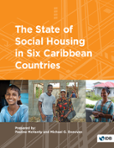Este artículo está también disponible en / This post is also available in: Spanish
In Latin America and the Caribbean there are few consensus issues as clear as the need to produce more and better housing for low-income families. This consensus engages governments right and left, and moves both national and local governments, as well as private business and NGOs. We have around 500 million people in the region living in cities under an accelerated, defective and exclusive urbanization process that causes significant gaps in the quantity and quality of housing for low-income families.
According to the book “Vivienda ¿Qué Viene?” (“Housing: What’s Next?”) —Soon to be published at the IDB Portal. For more information about the publication please watch this video—, 94% of urban homes have insufficient quality. This housing inventory requires affordable and smart financing to improve. Moreover, it is necessary to rehabilitate more housing in the inner city. Urban exclusion is an undeserved prize from democracy and markets to the poor.
Although in our region the qualitative deficit is greater than the quantitative one, it is still necessary to build more housing, with better quality and at a lower cost. For example, in Peru, building technologies have evolved to produce “green housing” at competitive prices. These homes provide sufficient comfort and allow significant savings in water, electricity and gas consumption. These savings, based on the so-called “eco-technologies” and novel local materials, allow more disposable income to afford loans to low-income families.
How can we address such a complex problem?
With this challenge in mind, the IDB financed a study with the Urban and Rural Housing Institute of Nicaragua (INVUR), through which a consortium led by Affordable Housing Institute (AHI) analyzed the housing ecosystem in Nicaragua, on the demand and the supply side. Making use of the methodology designed by AHI, which has been implemented and tested in more than thirty countries, it was possible to identify the bottlenecks in the delivery of affordable housing, as well as the approach that current programs apply in each of the links of the value chain.
In Nicaragua, from the analysis of the value chain, the main challenges were identified, among others:
- Scarcity of intraurban affordable land to build social housing;
- Under financing to independent (informal) workers of medium and low income, middle class and companies that build social housing;
- Weakness of the municipalities to connect families and builders who have an interest in the acquisition and construction and social housing;
- Low production of green housing.
Did you know that the IDB can support the countries of the region to make public impact policies with a standardized methodology that analyzes each imperfection in the value chain of its housing sector?

Considering that Nicaragua has a housing deficit of 70%, one of the largest in the region, the policy challenge was to identify mechanisms that would assist Nicaragua to boost affordable housing production within a stringent budget envelope and optimizing Government expenditures (Website in Spanish). The result yielded eleven public policy tools, as a concrete and tailored proposal to increase annual housing production from 5,000 units in 2018 to 20,000 units in 2030. With this output level, Nicaragua would reduce its housing deficit to levels similar to the most advanced countries in Latin America and the Caribbean.
Broadly speaking, the recommended instruments to improve the value chain are:
- Activate the National Land Bank;
- Promote the participation of commercial Banks in new types of subsidies such as Housing Credit Insurance or First Loss (default) Guarantees;
- Promote mortgage financing in local currency;
- Promote the participation of the private sector through innovative financial instruments, such as green mortgages;
- Develop insurance against natural disasters to reduce the Government’s reconstruction expenses;
- Develop the market for rental housing;
- Identify opportunities for public institutions to capture private profits produced by their investments in basic infrastructure and awarded land densities, to apply recovered profits to new subsidies for social housing.

With these policy instruments, the IDB produced a scenario that could prompt Nicaragua to take the lead in the region in the production of social housing and trigger a quantum leap in the housing sector. The benefits include generating jobs and economic growth, boosting the growth of construction companies and attracting more domestic and foreign direct investment. Most importantly, these tools bolster the reduction of the housing deficit and a progressive elimination of urban slums.
The final result is summarized in a study called “Financing Mechanisms for Social Housing in Nicaragua” (Website in Spanish) which makes a case for increasing good and inclusive social housing: Good for Nicaragua and a good example for the region.
Source Cover: Nicaragua. INVUR Instituto de la Vivienda Urbana y Rural.
The State of Social Housing in Six Caribbean Countries. DOWNLOAD IT NOW!Despite the large number of social housing programs in the Caribbean, little is known about their outcomes and the factors underlying evolution of housing policy. This report reviews the implementation of social housing programs from 2000 to 2015 in the six Caribbean member states of the Inter-American Development Bank: The Bahamas, Barbados, Guyana, Jamaica, Suriname, and Trinidad and Tobago.



Leave a Reply